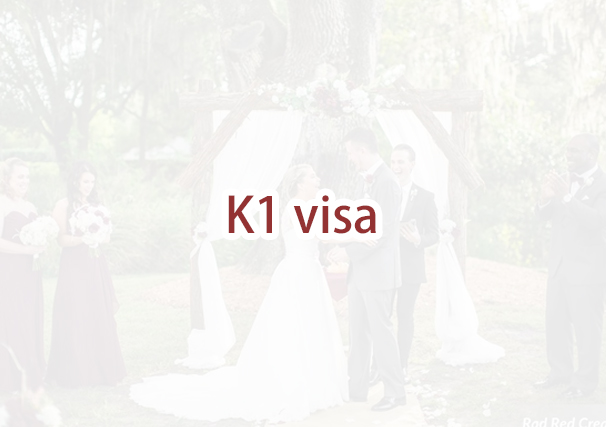
Question: I met my girlfriend through an online dating app. We have talked every day since we met. I have visited her twice in the past year, and I would like to bring her to the U.S. so we can get married and live together. What would be the better option: a K1 fiancé visa or a marriage-based Form I-130?
Answer: Whether you apply for a K1 fiancé(e) visa or a spousal visa mostly depends on the U.S. petitioner’s immigration status and whether you are married. Only a U.S. citizen’s fiancé(e) can apply for a K-1 fiancé(e) visa; a lawful permanent resident’s fiancé(e) cannot apply for a K-1 visa. If you have seen each other in person in the last two years but are not able to get married in the near future, you might want to apply for a K-1 fiancé(e) visa so your fiancé(e) can come to the U.S. sooner. If you are already married, you can apply for a spousal visa.
K-1 fiancé(e) visa process
If you are a U.S. citizen and you and your fiancé(e) are not yet married, you can apply for a K-1 fiancé(e) visa. The first step is to file Form I-129F with USCIS. You must submit proof that the petitioner is a U.S. citizen and that you have seen each other in person in the last two years. You must also submit proof that you have a genuine marital relationship and you plan to get married within 90 days of the beneficiary’s entry into the U.S.
After USCIS approves your application, USCIS will send your application to the National Visa Center (“NVC”). After the NVC receives your application, you must file Form DS-160 online to provide additional information about the beneficiary. You must also submit the beneficiary’s birth certificate and police certificate. You must also provide the U.S. petitioner’s most recent year’s tax return and proof of current income.
After the NVC approves your application, the NVC will forward your application to the U.S. Embassy or Consulate where your fiancé(e) lives. Your fiancé(e) must participate in a visa interview. If the consular officer determines that your fiancé(e) qualifies for the K-1 nonimmigrant visa, the consular officer will approve your fiancé(e)’s visa.
After your fiancé(e) enters the U.S., you must marry within 90 days. Finally, after you are married, your fiancé(e) must apply for a green card through the adjustment of status process.
I-130 immigrant visa process
If you and your beneficiary are already legally married, you cannot apply for a K1 fiancé(e) visa. Instead, you must apply for an immigrant visa for your spouse.
The first step is to file Form I-130, Petition for Alien Relative, with USCIS. You must submit proof that the U.S. petitioner is a U.S. citizen or lawful permanent resident. You must also submit proof that you are legally married and that you have a bona fide marital relationship.
After USCIS approves your Form I-130, USCIS will forward your application to the NVC. After the NVC receives your application, you must complete Form DS-260 online. Form DS-260 asks for information about your foreign beneficiary. You must submit the beneficiary’s birth certificate and police certificate. As the U.S. petitioner, you must also submit your most recent year’s tax return and proof of your current income.
After the NVC approves your application, the NVC will transfer your application to the U.S. Embassy or Consulate where the foreign beneficiary resides. The foreign beneficiary must appear for an immigrant visa interview. If the foreign beneficiary is granted an immigrant visa, the beneficiary can enter the U.S. After entering the U.S., the beneficiary will receive a green card in the mail.

ImmiFree.Law is The Harrison Law Firm P.C.’s online platform to make the family immigration and naturalization process more efficient, accurate, and affordable. Baya Harrison, Esq. is an attorney licensed in New York, Florida, and California. Attorney Harrison has helped numerous individuals and families navigate the U.S. immigration process, specifically family-based petitions and naturalization.